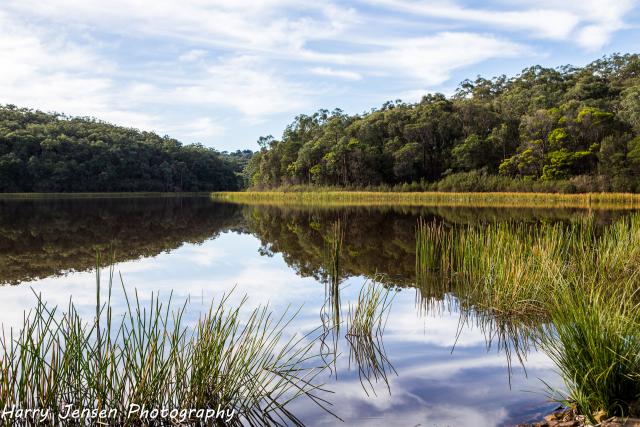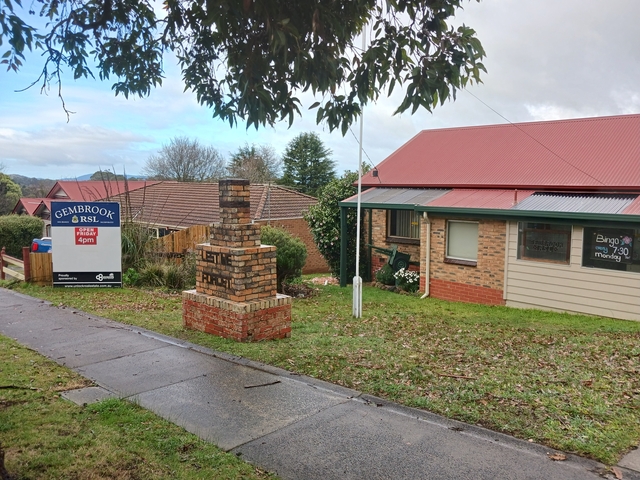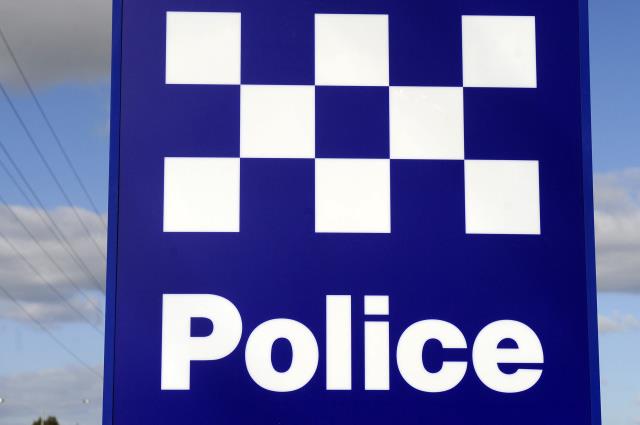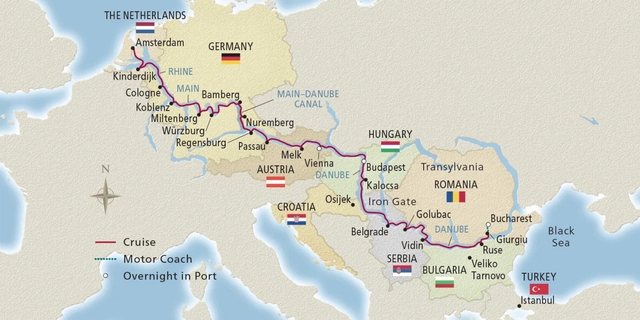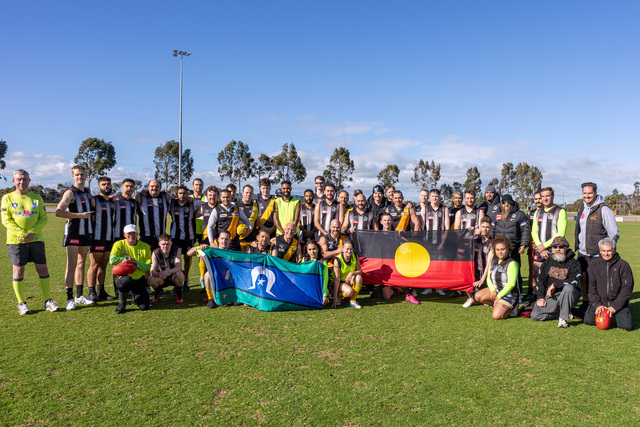Save the Beaconsfield Reservoir Action Group vice president ANDRE BOKOS reflects on the Ash Wednesday bushfires and stresses the importance of retaining the Beaconsfield Reservoir’s current capacity so aerial firefighting helicopters can draw water from it in times of need.
I write this opinion with a deep sense of foreboding and urgency. If, whilst reading, you feel that I am being simply “alarmist” then you will miss its intent.
I recall vividly the firestorm which engulfed Upper Beaconsfield in February 1983, some 40 years ago. I recall the aftermath – the loss of life, homes, property, animals and local infrastructure, etc. Loss of life did not touch my family or the home, but everything else was destroyed, leaving behind a smouldering blackened landscape to all points of the compass. Livestock, haysheds, fences, pasture all gone. No birds or wildlife. It took three days to bury the dead and swollen livestock. Very stark and sombre viewing and that was just our property. Other families had to face even greater tragedies. Such an event is etched into your soul never to be removed. In our case it took well past a decade or more for things to get back to anywhere near normal.
Over the past 40 years the bush has returned bigger and more confronting than in 1983. Using my property as an example it’s clear that the regrowth and “leaf area” has increased significantly. Horizons that were clearly visible prior to Ash Wednesday are now blocked from view and I can’t see my neighbour’s sheds or homes any more.
Only a relatively small number of people remain living in Upper Beaconsfield that were there on Ash Wednesday. Many newcomers and their families now call Upper Beaconsfield home. The number of children attending BUPS is testament to that. After the “experience”, people moved out of Upper Beaconsfield to safer locations. New arrivals to Upper Beaconsfield will not have experienced the wrath and aftermath of a firestorm such as Ash Wednesday and by God’s grace, I hope they never do. However, the chances of a re-occurrence of such an event in my opinion are greater than ever, because we are simply not prepared for it as we should be.
In the areas of South Belgrave and Upper Beaconsfield some 92 square kms were burnt, 21 fatalities and 238 homes destroyed not to mention various local infrastructure like the Pinegrove Hotel, shops, the church, etc. In Cockatoo, six lives and 307 homes were lost. Among the lives lost were a notable number of brave and heroic volunteer CFA and CFS firefighters. We honour them whenever possible similar to the ANZACs. My view is that those that died on Ash Wednesday, not only those locally, but also those who died in SA and elsewhere on that fateful day need to be remembered by preparing the communities here and elsewhere for the next firestorm. There have been several hot summers since 1983 and we have been stunningly lucky not to have suffered a repeat of Ash Wednesday, but there have been some close moments. The legacy that was left by those who died was that we the survivors must do whatever it takes to defend, protect and survive.
Were you aware that the water supply in Upper Beaconsfield failed on the day because the power supply was cut by the fire? So at the most crucial moment there was no water. Since then Melbourne Water have upgraded the pumping arrangements to the water tower in Upper Beaconsfield and we would hope that town water supply will be maintained during an event. But this is not good enough. We need more to protect us.
Repeatedly Upper Beaconsfield has been described as one of the worst fire zones in Australia. The speed and ferocity of the flames on Ash Wednesday, aided by abundant fuels and a landscape immersed in smoke, made fire suppression and containment impossible (at ground level). Couple that with a failed town water supply. We are told repeatedly that we are not to expect the CFA to attend our properties. They might, but there is not even a semblance of a guarantee. We each have to take responsibility for how we protect ourselves, our families, our properties. Not a comforting scenario. But now there is a game-changer in all of this – aerial firefighting helicopters. Victoria has some 60 firebombing aircraft in its firefighting fleet spread around the state. It’s an impressive defence force.
Forty years ago the only helicopter that I recall seeing was a police helicopter with a loudspeaker urging me to immediately vacate from where I was at the time. These amazing aircraft bomb the fire from above and can deliver thousands of litres of water in one pass. These aircraft can refill from water bodies in a few minutes.
The nearest water body of any magnitude closest to the communities of Upper Beaconsfield, Beaconsfield, Officer, and Pakenham West is the Beaconsfield Reservoir, which Melbourne Water is hell bent on destroying. Take a moment to think about that. The very public asset that can change how we cope with a wildfire in Upper Beaconsfield is being dissolved by a quasi govt organisation that has no interest in protecting the communities from a repeat of Ash Wednesday. Melbourne Water is moving ahead to drop the water level in the reservoir from an acceptable 525 megalitre capacity down to just 90. (Full supply level is some 912 megalitres). At 525 megalitres, several helicopters can draw water at the same time. Queuing is likely unnecessary. Not so at 90 megalitres.
Melbourne Water has stated that it prefers aerial helicopters to source water from Cardinia Reservoir which is only a few minutes away to the north of the Upper Beaconsfield CBD. If fire is travelling at up to 100km per hour, it is essential to draw water from the closest source so as to save water refilling time. Minutes are incredibly important, but seconds can be even more so. Even my dog Spot could have rationalised that. The Upper Beaconsfield CBD, the immediate township, the whole area to the south – i.e., south of Salisbury Road-Leppitt Road ridge line encompassing Pakenham West, Officer and Beaconsfield communities are clearly better protected by retaining Beaconsfield Reservoir at the 525 megalitre level. The time lost for an aircraft travelling to Cardinia Reservoir for water to fight a fire front in say Hughenden Road, that road being a boundary of the Beaconsfield Reservoir, is a complete and utter nonsense.
Cardinia Reservoir is potable drinking water for Melbourne. Beaconsfield Reservoir is not. The pollution caused by an aircraft accident in Cardinia dam must be taken into account. A pollution incident in the Beaconsfield Reservoir would not affect Melbourne’s drinking water.
In effect, Melbourne Water is all but removing the very asset that could save your life, your property, your assets and the local infrastructure – the Pinegrove Hotel, BUPS, the kinder, the hall, the community centre, the nursing home, the shops, the church, etc. The demise of the reservoir by Melbourne Water is based on a barely transparent cost cutting factor. However, Melbourne Water is claiming its justification is based on safety concerning the reservoir wall. This premise has been challenged by qualified external engineers. The reduction of the water level from 912 megalitres to 525 megalitres has all but mitigated the 1 in 10,000-year risk of the reservoir wall collapsing. Melbourne Water’s preferred action or option has more to do with cost and maintenance issues. The Officer community (the community most subject to any risk of wall collapse) has never been formally consulted about the matter which alone begs belief. This so-called risk is insignificant when compared to the risk of another Ash Wednesday.
I believe that Melbourne Water has a responsibility to protect life and property, but before destroying our reservoir it must be prepared to take all factors into account. To date it has failed, or is unwilling to do this. To a greater or lesser degree, Melbourne Water is not alone. The words “too political to support” has come from the mouths of people who should know better. What is political about wanting to better protect the communities mentioned above from another Ash Wednesday? Don’t we have another El Nino summer coming up?
Those who govern or represent us have a moral (if not “mandatory”) obligation to protect all who live within this fire prone area of Cardinia Shire. Even more so, given the Ash Wednesday experience which brought death and destruction. Even if you leave the area with an impending fire, who wants to return to charred ruins which was once your home? By preserving the reservoir water level at 525 megalitres we bolster our defences by enabling fire-fighting aircraft to draw water from it. This is the game changer.
In its June/July 2011 of Connect, the Cardinia Shire Council clearly stated that it was developing a “fishing policy” to provide clear direction on recreational fishing opportunities within the shire and “setting criteria for the selection of appropriate sites to fish”. Retaining the water level at 525 megalitres will enable a brilliant fishery to be re-established. I say re-established because in its early years, fishers came from all over to fish for the trout which were stocked in the reservoir, as exampled in the photo from the Australasian Newspaper in 1925.
In the same issue of Connect, Cardinia Council promoted “active places – get active project”. This project encouraged residents to be physically active in their community. A walk guide set out 10 motivating walks in various parts of the shire. The reservoir presents a unique opportunity (maybe the most unique) for residents to have a new walking trail through the reserve and “around” the reservoir. What could be more desirable? Cardinia Council should more strongly support saving Beaconsfield Reservoir from Melbourne Water’s determined action.
I urge all who are willing to speak up in favour of retaining the Beaconsfield Reservoir wall and water level at 525 megalitres to do so with gusto and conviction to those in power and to demand a reversal of the current course of action by Melbourne Water. There is no time to lose.
A public meeting will be held this month with guest speakers and the ability to ask questions and receive answers on 11 October, 7.30pm at the R. G. Porter Social Rooms, Officer Recreation Reserve, 20 Starling Rd, Officer.

